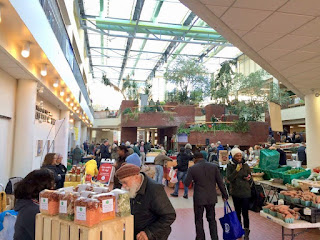WHAT DO BEETHOVEN, CHOPIN, Tchaikovsky, Schubert, Haydn, Dvořák, and Grieg have in common? You’ll find their music in vintage jazz recordings by the John Kirby Sextet, an infectiously bouncy little group that also swung its own versions of melodies by such less-known classical composers as Sinding, Toselli, Donizetti, Delibes, and Massenet. These were terrific versions, too. Listen to Evan L. Young’s arrangement of Schubert’s “Serenade” (“Ständchen,” D 957 #4), and marvel at how the song’s heartbreaking quality is maintained against the band’s swinging pulse.
But jazz ensembles large and small have been unable to resist the lure of the longhair, and we can enjoy everything from Duke Ellington and His Orchestra playing “The Nutcracker” to Eddie Lang’s solo guitar performance of Rachmaninoff’s Prelude in C-Sharp Minor.
That’s because music professionals don’t see rigid lines between different types of music. Strict boundaries have, however, been thrown up by others – especially those who market music to particular demographics, and thus it is that we’re inculcated with the canard that classical music is an elitist pursuit, and that those who pursue it merit scorn.





































